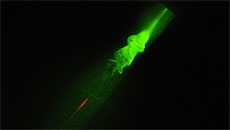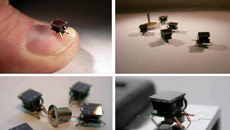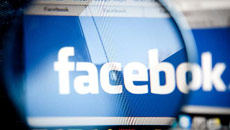Detection of a circularly polarised light from a stellar explosion on the outer reaches of the universe have made it possible for the scientists to reconstruct how a black hole is formed, a new study has suggested.
The circularly polarised light is the direct consequence of a black hole "recently" created, the study noted.
The European Southern Observatory using its Very Large Telescope (VLT) located in the Atacama desert in Chile managed to take accurate polarimetric measurements of the huge stellar explosion, the GRB121024A, in 2012.
The explosion took place about 11,000 million years ago.
There is no other event in the cosmos that can compete in terms of energy and intensity with stellar explosions on the outer reaches of the universe and which are known as LGRBs (Long Gamma-Ray Bursts).
In just one second, a single GRB can emit as many as hundreds of stars like the sun during its 10,000-million-year-lifetime.
It is believed that LGRBs occur when the so-called massive stars burst.
As these stars are massive and spin, they do not explode like a normal star, which does so radially, as a ball does when it deflates, for example.
The implosion of these huge stars would produce, according to theoretical models, a huge spinning top, which would turn in the way that water rotates down the plughole of a basin, until a black hole is finally formed.
What is more, all these stars have magnetic fields. And these are intensified further if they rotate rapidly, as in the case of the LGRBs.
So during the internal collapse of the star towards the central black hole, the magnetic fields of the star would also swirl around the star's rotation axis.
And during the collapse of the star, a powerful "magnetic geyser" would be produced and be ejected from the environment of the black hole that is being formed; the effects of this can be felt at distances of billions of kilometres.
This complex scenario led one to predict that the light emitted during the explosion of the star must have been circularly polarised as if it were a screw.
The study appeared in the journal Nature.





